Who Was First Translator of Quran into Japanese
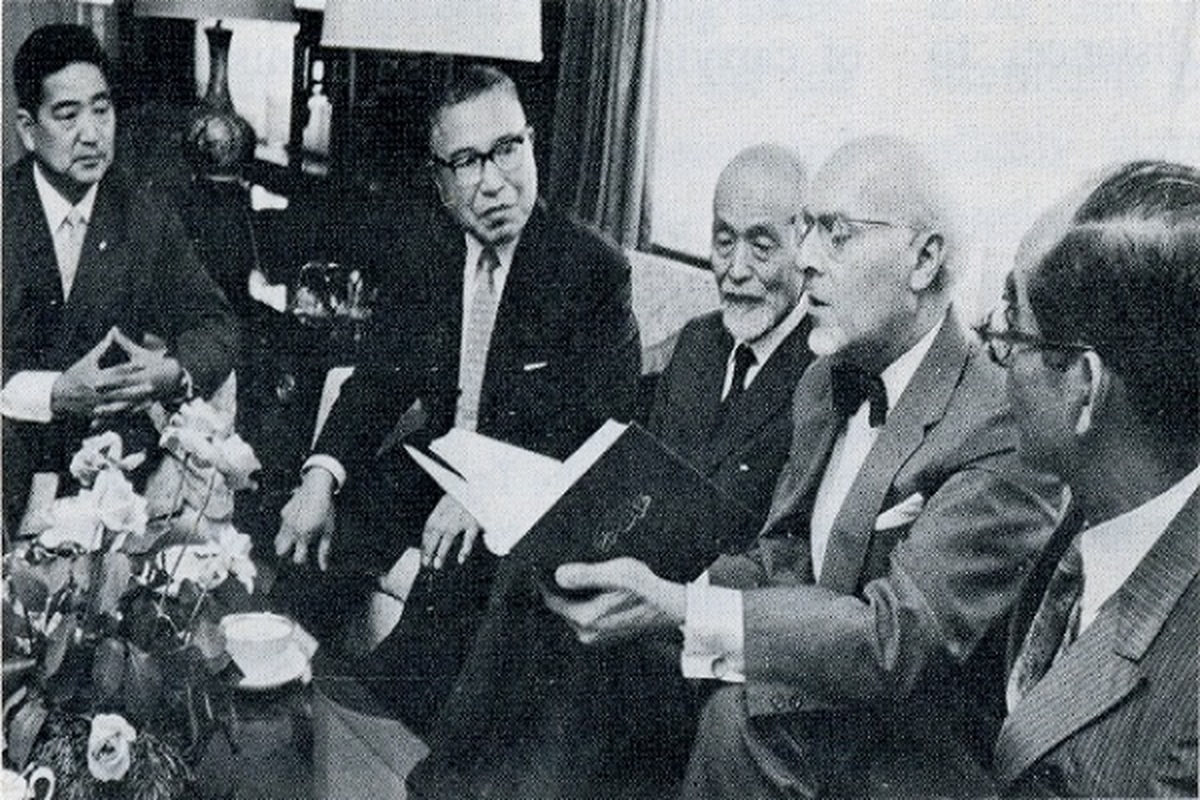
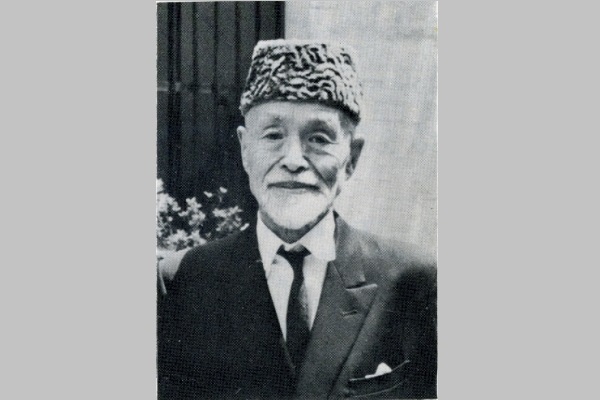
Mita was born in 1892 in Shimonoseki, Yamaguchi Prefecture, on the island of Kyushu in western Japan, to a samurai and Buddhist family.
He completed his graduate studies in commerce at the Yamaguchi University School of Economics, graduating in 1916.
During his studies, Mita studied the works of Haj Omar Yamaoka, a Japanese Muslim. These books were the first source for his introduction to Islam. So he continued his journey for 30 years until the light of Tawheed (monotheism) shone in his heart.
After completing his university studies, Mita traveled to China, where he learned more about the religion of Islam through the Muslims of the country. In 1920, he wrote a series of articles entitled “Islam in China”, which were published in the magazine “Tokyo Kinkiyo”. He was greatly influenced by the way of life of Chinese Muslims, and at that time had mastered the Chinese language well.
He returned to Japan in 1921 and gained a deeper understanding of Islam by listening to the sermons of Haj Umar Yamaoka.
In 1922, Umar Mehta started working for the Manchurian Railway Company and was later promoted to the post of inspector.
He was also sent to northern China by the Manchurian Railway Company during the Sino-Japanese War.
He was influenced by Chinese Muslims and wished that Japanese society had such an Islamic society.
Mita then traveled to many countries including Saudi Arabia and participated in many meetings and conferences. He also wrote books on the relationship of Islam with other religions and the lives of people in the Islamic society.
Read More:
At the age of 49, Ryoichi Mita went to a mosque in Beijing, the capital of China, to declare his desire to convert to Islam. So in 1941, he converted to Islam and changed his name to Umar Mita.
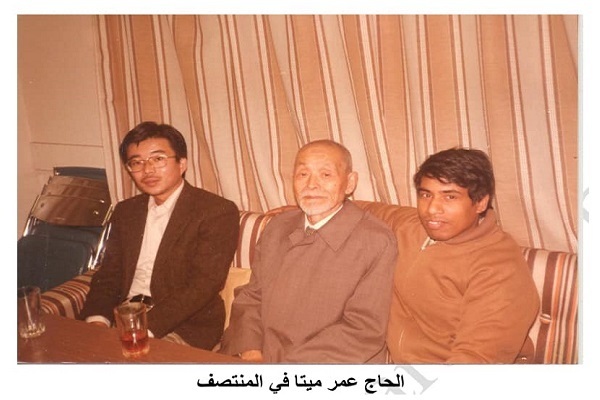
He returned to Japan in 1945 after the end of the war and initially began working at the University of Kansai. He then worked as a professor of Chinese at Kyoto University.
He travelled to Pakistan in 1957 and became involved in Islamic activities. In 1960 he went on Hajj and after the death of Sadiq Imaizumi, the first chairman of the Japan Muslim Association (JMA), Mita was elected as its chairman.
During his tenure, he authored two of his most important books on Islam, “Understanding Islam” and “An Introduction to Islam”, both in Japanese. He also translated the book “Life of Sahaba (the companions of the Prophet)” by Muhammad Zakaria into Japanese and several other East Asian languages.
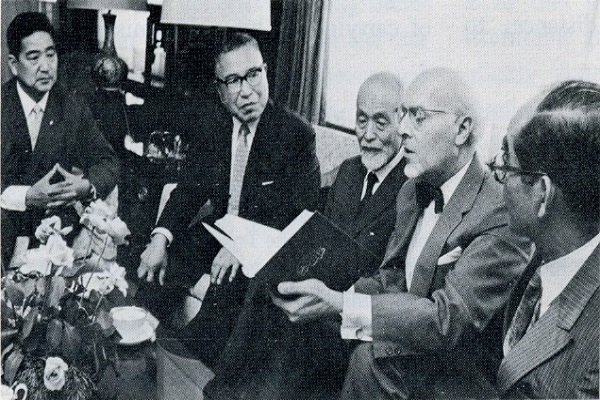
Haj Ryoichi Umar Mita published the first edition of the Japanese translation of the Quran on July 28, 1972, and a revised edition was published in 1982.
After the death of his wife, he resigned from his job and settled in Tokyo, devoting all his time to the propagation of Islam. He died in 1983.
Read More:
When Mita was born, the number of Muslims in Japan was very small, but later, with the immigration of a large number of Muslims from Central Asia such as Kazakhstan and Tajikistan as well the immigration of Muslims from Russia after the Bolshevik Revolution in World War I, Muslim social life in Japan began, and Muslims settled in the main cities of the country.
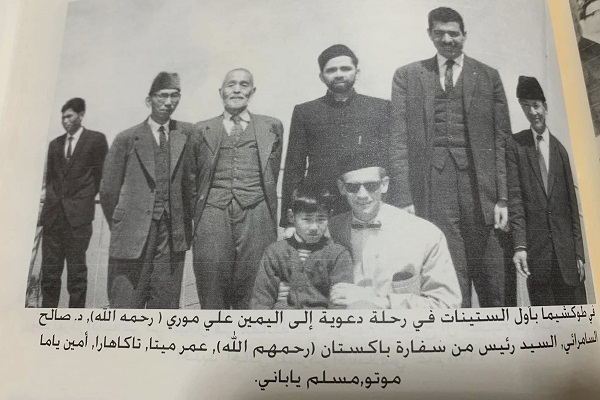
Some cities in Japan accepted Muslims as refugees from these countries, and close ties between Muslims and the Japanese people were established. The Muslims initially faced problems including persecution by the Buddhists, but the Buddhists found that the Muslims were peaceful, honest and well-mannered and not traitorous.
The Muslim community in Japan gradually grew and a number of mosques were built in the country, the most important of which was the mosque built in the city of Kobe in the southwest of Honshu. It is the only mosque that survived the devastating earthquake that struck Japan two decades after its construction and is still standing.
Currently, there are about 30 to 40 mosques in Tokyo alone, and public hotels have prayer halls and prayer rooms.
4272091



